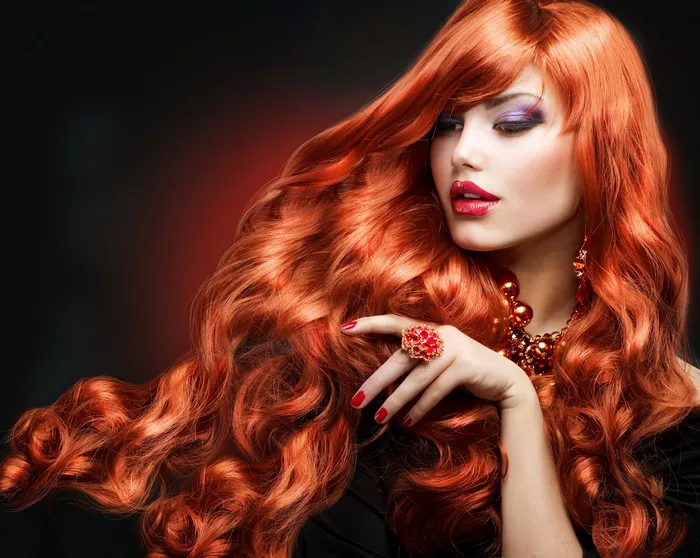Pixar’s 2012 film, “Brave,” marked a significant milestone for the animation giant, both technically and narratively. The film introduced Merida (voiced by Kelly Macdonald) as the first female protagonist to lead a Pixar production, celebrated for her bold, independent character. Concurrently, Pixar made groundbreaking strides in animation technology, retiring their in-house animation system (Menv) and transitioning to their proprietary software, Presto. “Brave” also became the first Pixar film to incorporate Dolby Atmos Audio, enhancing the in-theater experience.
One of the most remarkable advancements in “Brave” was the creation of a computer software specifically designed to animate the intricate and iconic hair of Merida. While the hair department didn’t need hairspray and wigs, they encountered their unique set of challenges in bringing the fiery ringlets of the new princess to life.
Pixar’s Innovations: An Animation Software for Merida’s Hair
Claudia Chung, the simulation supervisor responsible for clothing and hair, revealed that the production team developed a unique software program “to make the hair react more realistically to the character’s movements and surroundings.” The meticulous work invested in creating Merida’s hair paid off tremendously, as her character design became one of the film’s most cherished and memorable features.
Among the Disney Princesses, Merida’s hair presented an exceptionally complex animation challenge. Chung shared that Merida’s hair comprised 1,500 individually sculpted curves, each existing in a three-dimensional space, all programmed to react naturally to the character’s movements and environment. The result was a character brimming with vibrancy, whose captivating locks rivaled even magical bears and breathtaking scenery.
Studying Real-Life Curls for Inspiration
To create the authentic movement of Merida’s hair, Pixar’s software engineers delved into practical sources. Hayley Iben, a software engineer at Pixar, detailed her work on the hair simulator in the film. She explained that the movement of the hair was a simulated effect, obviating the need for manual animation. Instead, the software programmed the hair’s movements based on the physics of real curly hair. The research revealed that curly hair acts like a spring, forming spiraling locks that revert to their original shape when pulled.
While Merida’s hair was intricate, the animation model boiled down to numerous springs responding to gravity as the character moved. Iben explained that incorporating an internal core spring among the external springs in the software was crucial for achieving the realistic bounce of Merida’s curls. The team’s diligence ensured that Merida’s character design could seamlessly transition from a digital model to a real-life hair and wardrobe team if a live-action adaptation were ever pursued.
The Thematic Significance of Merida’s Hair in ‘Brave’
The meticulous attention and resources invested in creating Merida’s hair extended beyond aesthetics; it had a profound thematic role in the film. Iben emphasized, “Hair was a really big deal in ‘Brave.’ It was a symbol of freedom that was intrinsic to our main character, Merida’s, personality.” The film’s central theme revolved around Merida’s desire for independence and her mother’s insistence on traditionalism. The emotional conflict between mother and daughter was symbolically intertwined with Merida’s unruly hair.
When Merida is faced with an arranged marriage, her mother compels her to conform, including taming her wild hair under a bonnet. Yet, her hair does not remain concealed for long. In a powerful moment during an archery contest, Merida boldly declares, “I’ll be shooting for my own hand,” unveiling her vibrant red hair from beneath a hooded cloak. Her act is a testament to her assertive self-identity, and her hair embodies the essence of her courage, freedom, and untamable spirit.
Innovative Costume Designs in ‘Brave’
Apart from Merida’s intricate hair, the film also witnessed meticulous attention to costume design. Shading director Tia Kratter and co-director Steve Purcell, in the same Wall Street Journal article, recounted their research trip to Scotland, which significantly influenced the development of the characters’ wardrobe. Kratter examined fabrics and tartan patterns unique to Scotland, leading to the creation of a shading program that added a textured cloth appearance to the characters’ clothing, allowing for more realistic movement.
While tartan patterns weren’t as prevalent in Scotland during the film’s setting, the decision served as a homage to the country rather than a strict documentary. The new shading program and focus on wardrobe were essential, as characters in “Brave” wore more layers of clothing than any previous Pixar film. Notably, Merida’s father, Fergus, had a staggering 16 layers of clothing, quadrupling the previous record. The realistic movement of these clothing layers was pivotal in enhancing the film’s aesthetics.
“Brave” and its iconic character Merida, with her unforgettable locks, are available for streaming on Disney+. For fans eager to explore more of Merida’s adventures, Maggie Stiefvater’s novel “Bravely” provides a new narrative journey for the beloved redheaded princess.


